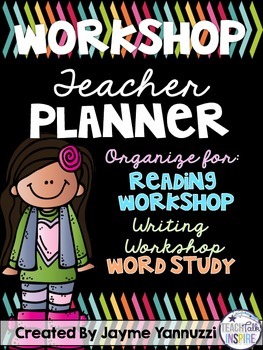Happy Halloween! It's Elisabeth from Literacy and Lattes with my first Primary Punchbowl post! Yay! I'm so happy to be blogging here with these fabulous, talented teachers!
Here in central Ohio we had trick-or-treat on Thursday night, so today feels a little anticlimactic...BUT how cute are my little Muppets!?!
OK - down to business! It's election week and even though this isn't a big one in Ohio, I love teaching my first graders about voting.
This is such a fun unit to teach and the premise is simple:
I like to start with the book Vote for Me! by Ben Clanton and talking about commercials, yard signs and ads.
1
Here in central Ohio we had trick-or-treat on Thursday night, so today feels a little anticlimactic...BUT how cute are my little Muppets!?!
OK - down to business! It's election week and even though this isn't a big one in Ohio, I love teaching my first graders about voting.
Which cookie is best? Oreo or Chocolate Chip?
I like to start with the book Vote for Me! by Ben Clanton and talking about commercials, yard signs and ads.
These are some of my other favorite voting read alouds that I use throughout the week.
To get an idea about advertisements, we watch a commercial for Chips Ahoy and one for Oreo and then taste test the mini version of each cookie.
Next the kiddo make a "yard sign" for the cookie of their choice. We hang our yard signs in the hallway to help advertise for the cookie each kiddo wants to win the election.
On the first day we also register to vote. The kiddos make their own drivers license to bring to the polling place on voting day and I add each of their names to the Registered Voters list.
Then...It's voting day!
Just like a "real" polling place, we make sure anyone coming by our door knows it's voting day!
When it's time to vote, I try to set up the room so it looks like the places their parents will go to vote. First, the kiddos bring their drivers license to the Voter Check In table and sign in to vote.
Once they have their ballot, they vote in our super secret voting booth....
And cast their ballots....
After voting, we use this graph to tally the votes. (Click the image to download the graph freebie!)
You can see the whole Cookie Election unit in my TpT store by clicking here.
The next day we enjoy the winner cookie! In my class it has almost always been a landslide win for chocolate chip...I'm curious to see how it turns out this year!
Happy Halloween and happy voting! :)






































































